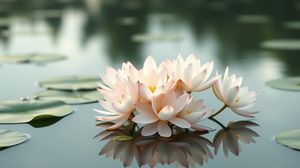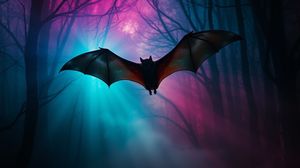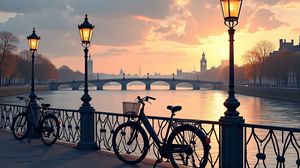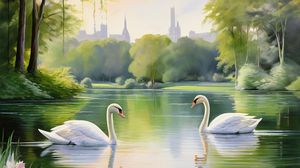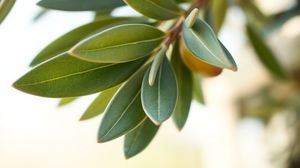
Chelsea Physic Garden is one of London's oldest botanical gardens, lovingly established in 1673 by the Worshipful Society of Apothecaries. Nestled behind brick walls and sitting beside the River Thames, this secret haven in Chelsea offers a delightful escape from the city's hustle and bustle.
Founded to study the medicinal properties of plants, the Chelsea Physic Garden became a key figure in the world of botany and commerce. Its microclimate allows it to grow rare and tender plants that thrive nowhere else in Britain, making it a unique spot in the heart of London.
Remarkably, the Garden is home to over 5,000 species of plants, each with fascinating stories and distinctive benefits. Among them is the oldest rock garden in Europe composed mainly of Icelandic lava and stone from the Tower of London, adding a historical touch to this verdant space.
An intriguing feature is the Garden of Medicinal Plants, showcasing plants used in traditional and modern medicine. It allows visitors to wander through history, exploring how various cultures have utilized nature to heal the sick.
Chelsea Physic Garden also plays a pivotal role in plant conservation and community education. It regularly hosts workshops, tours, and classes aiming to fascinate enthusiasts and inform visitors about the importance of plant biodiversity.
The garden's Café is something of an attraction in its own right. It uses fresh, seasonal ingredients often sourced directly from the garden, giving visitors a taste of the garden that tantalizes the taste buds.
A quirky fact is that this "hidden gem" was kept relatively secret for centuries, primarily used by those studying botany and the apothecary trade, only opening to public visits in the early 1980s. This adds an air of exclusivity and intrigue to every visit.
The Chelsea Physic Garden is also sometimes referred to as "London's Secret Garden," a testament to its enchanting and secluded nature, which continues to captivate locals and tourists alike.

Making the Most of Your Visit:
Before you go, check out if there's a guided tour available on the day of your visit. The tours are often led by knowledgeable volunteers with captivating stories about the garden's history and its unusual plants. It can really enhance your experience.
Pay special attention to the historical specimens like the ancient olive tree in the Mediterranean garden area or the ginkgo biloba tree near the pond. Their stories are as fascinating as their appearances, having witnessed centuries of garden history.
If you fancy a bit of foraging, keep an eye on the schedule for seasonal workshops. They often focus on using plants for natural remedies or cooking, and give a hands-on experience that is truly unique.
Don't miss out on the Physic Garden Café. It's quite popular, so try visiting it outside the peak hours of lunchtime to enjoy a more tranquil experience. The dishes are often infused with fresh herbs and ingredients from the garden, making for a lovely seasonal treat.
Take a leisurely walk along the River Thames path just outside the garden. It's a lush, green stroll that complements your visit perfectly and lets you enjoy the riverside views without the usual city noise.

Visiting Times & Costs:
The Chelsea Physic Garden is open to the public. It operates seasonally, generally opening from around March to mid-December. Please check the specific dates for your visit.
Opening Hours:
- Typically open from Tuesday to Sunday, 11:00 AM to 6:00 PM. Last entry is usually an hour before closing.
- Closed on Mondays except for Bank Holidays.
Admission Fees:
- Adults: Approximately £14.50
- Concessions (students, seniors): Approximately £11.50
- Children (5-15 years): Approximately £8.50, with under 5s entering for free
- Family tickets and membership options are also available.
Accessibility:
- The garden is largely accessible for wheelchair users, but some areas may have uneven surfaces. Accessible toilets are available on site.
- Guide dogs are welcome, and there are benches situated around the garden for regular rests.
Note that fees, opening times, and accessibility options can change, so it's advisable to check current information before planning your visit.

Address & Map:

Nearby:


